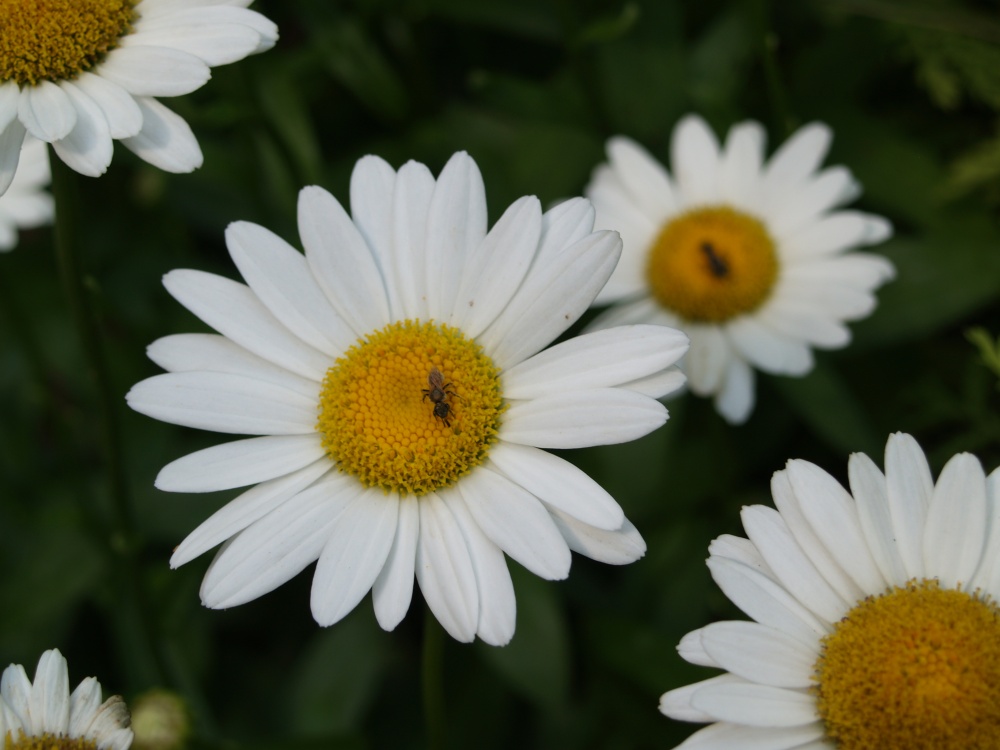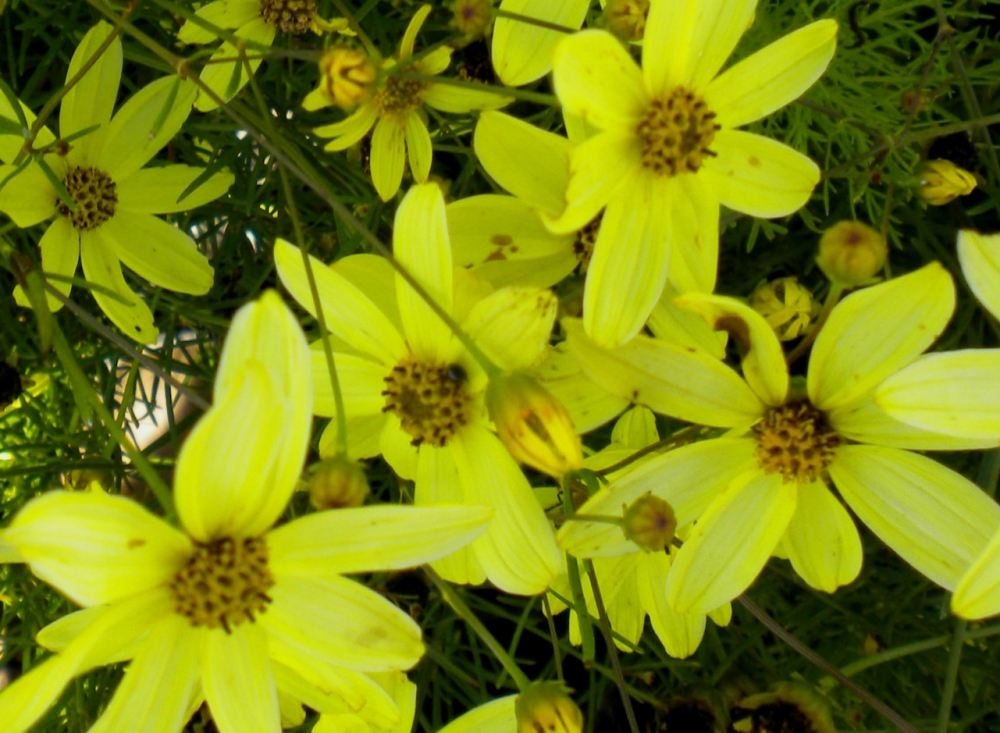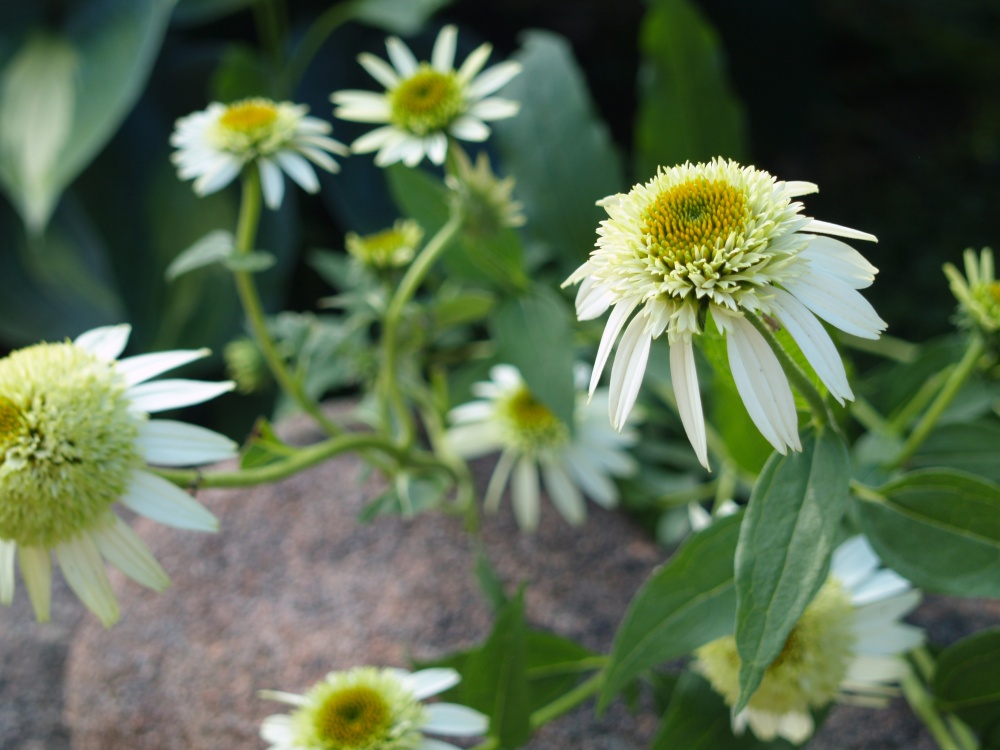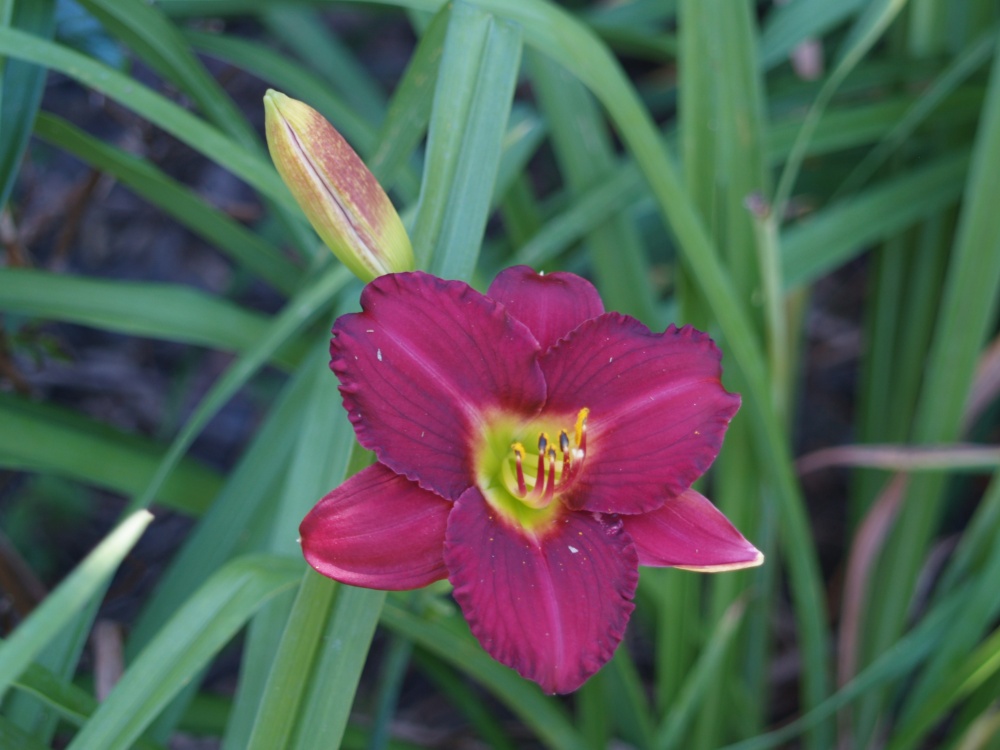Occasionally, one plant or another is purchased with enthusiastic expectations, but then it fails so quickly that after a few months it is long forgotten. This happens often enough that the gardener becomes cautious about wasting valuable dollars from his planting budget, but not so frequently that he is discouraged from planting. Often, the same plant goes in and then fails again, and sometimes again, until the gardener has finally learned this lesson. Maybe.

It seems that this gardener, or any gardener, should get some feel for the type plants that will be successful in his particular garden, but over three decades I have not been consistently successful in doing so. There are varied conditions through the garden, from dry shade to swampy ground in full sun. And, conditions do not remain constant one season after the other, and certainly not from one year to the next.
Too many impossible to kill perennials have perished in this garden for me to have confidence that I have a sure hand in determining the success of plants, though the whole of the garden is far more splendid than I expected when it was begun twenty five years ago.

The common threadleaf tickseeds (Coreopsis verticillata ‘Moonbeam’ above) are foolproof, I’ve heard too many times, but they’ve failed in this garden more than once. Three time, perhaps four, and each time I believed that I had finally figured out the error of my ways. This time, I was certain to succeed, but in sun or part shade, dry or damp ground, the tickseeds disappeared after a few months, or maybe a year or two if I paid particular attention to their care.

I imagine, or at least I’m hopeful that every gardener has at least a plant or two that thwarts his best efforts. Am I alone? While complications that result in the death of plants can be complex, I am most certain of plants that have succumbed to overly damp soil. The lower third of the rear garden has become increasingly damp, and I can attest with some certainty that evergreen hollies and witch hazels will not tolerate these conditions, and that while hydrangeas prefer regular irrigation, they suffer in constant dampness.
Fortunately, I have discovered trees and shrubs that perform well in the wetness, but also in dry shade where it has become difficult to carve out a spot between roots of swamp maples and tulip poplars. Many gardeners consider dry shade their scourge, but I’ve had greater success here than in constant dampness.

The areas between these extremes should not be much of a challenge, it seems, but here I continue to kill perennial sunflowers and coneflowers (Echinacea purpurea ‘Coconut Lime’, above) until I give up and decide to plant no more. What could be the problem? Too many trees and shrubs, and many perennials that should be more difficult, grow with vigor, so how is it that I cannot grow these?

I believe (I hope) that I am at least of average intelligence, but the success of some plants goes beyond what makes good sense to me. Without adequate answers I must be satisfied to grow what grows well for me, and those few that refuse to cooperate are best forgotten.
You’re certainly not alone Dave. I, too, have had many plants start out well, and then die out after a year or two. I’m on the third (or fourth) arctic queen clematis, and my third (or fourth) Sensation lilac. Ditto with a series of beautiful mountain laurels. Extremely frustrating. Which is why I spent hours and hours in research with a microscope and fungicide testing, until I found the cause of the problem.
Now my stuff isn’t dying, and I just love walking around my garden and admiring healthy plants. Incidentally, so many people admire the flowers on plants. I also admire healthy leaves and healthy bark!
I’m finding the trouble with commercial nurseries is that, while their plants are generally healthy, they are because of strong fungicides (from their supplier), as the owner of a nursery told me. But when we consumers buy these plants and put them in our yard, this fungicide treatment ends, and the plants often decline due to increasing disease, since most of us just plant them, and then only fertilize and water them. My wife is one of these people!